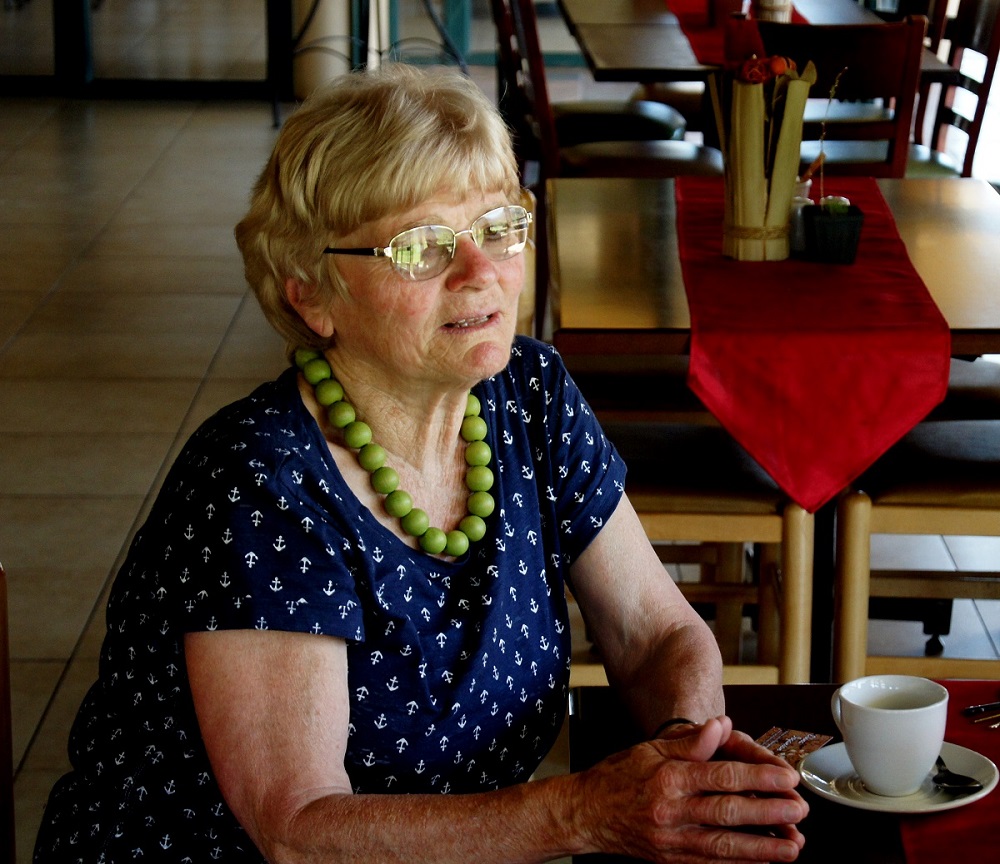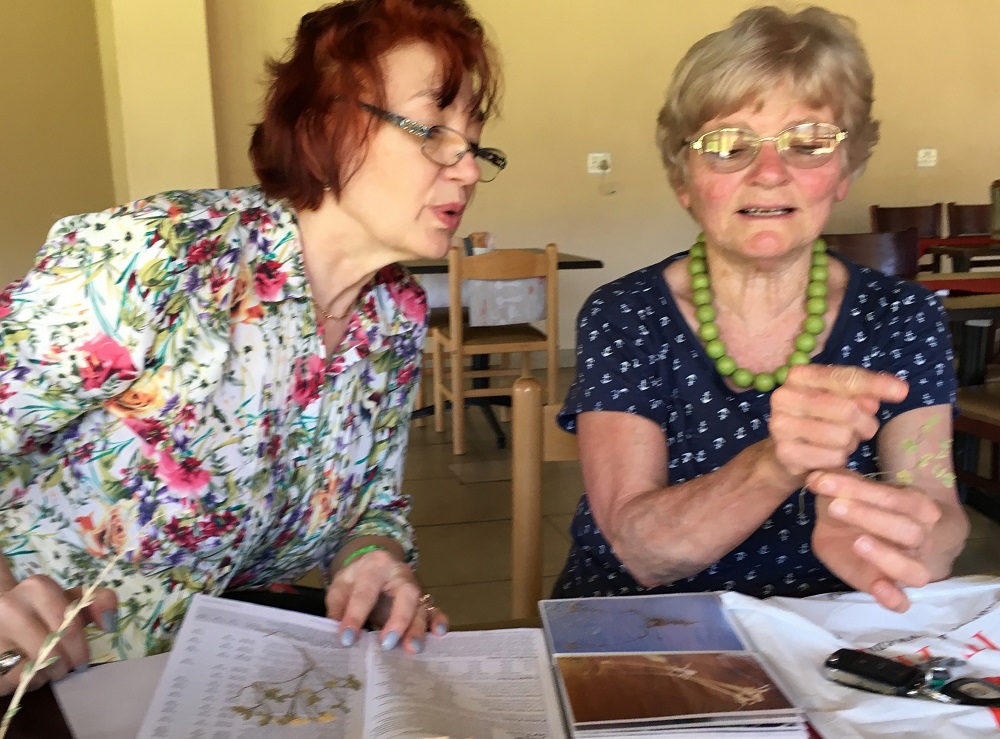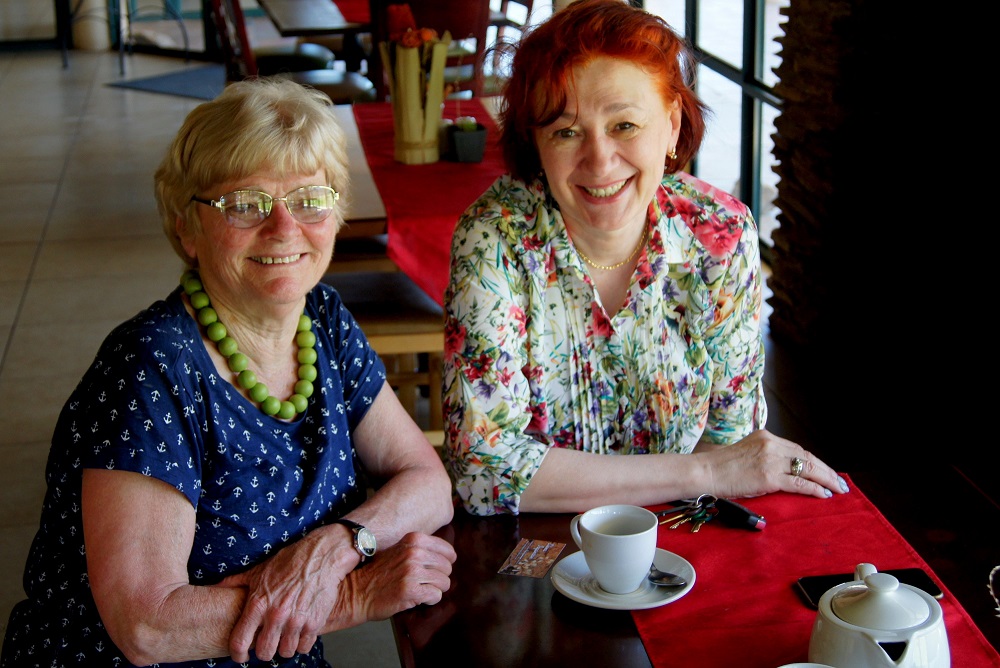Bettie Marais and her hoareas
One of the most significant events of our November trip (2017) to South Africa was meeting with Elizabeth Marais. Bettie, as she is known by her friends and associates, is a real legend of the botanical world. Her many accomplishments include describing dozens of new species in the genus Pelargonium, numerous scientific articles, and, of course, the main work of her life - her doctoral thesis “Taxonomic studies in Pelargonium, section Hoarea (Geraniaceae)”. Section Hoarea is one of the most popular among collectors of pelargonium species, because it includes geophytes which are usually small, interesting, and somewhat mysterious tuberous rooted plants with attractive flowers that often appear after the foliage dies back. In this section there are about 100 species which exhibit great variety in both foliage and flowers. Bettie, who has spent much of life being involved with the study and taxonomy of tuberous pelargoniums, scientifically described almost half (!) of the known species of these amazing plants. Every serious lover of tuberous pelargoniums refers to articles written by Bettie as she is the foremost authority on their nomenclature. Finding such pelargoniums in nature when they are growing is both challenging and rewarding, but it is not always possible to identify the name of such species on one's own. Fortunately, the scientific work done by Bettie comes to the rescue. Her works describe many geophytic pelargonium species in meticulous detail. It also happens that sometimes the tuberous Pelargonium species found in nature do not fall under any of the already existing descriptions, and then the personal assistance of such a world-class and experienced expert as Betty is even more necessary. In fact on this most recent trip I found an unknown tuberous species pelargonium in Skilpad (see this link). Of course Bettie was consulted on this and is currently working on a formal description of this species.
Bettie is retired, but that has not stopped her scientific activities. She always seems to spare just a little more time to finish the work she started years ago at Stellenbosch University, the center of the academic world in terms of Pelargonium systematics. With a smile, she recalls her extensive fieldwork to collect specimens for herbaria, working with her likeminded companions, and the joy experienced of making many new and rare finds. Bettie still goes into the veld in search of tuberous pelargonium species. After all, there remain many undescribed pelargonium species in the rich flora of South Africa, so there is always more work to do.



























